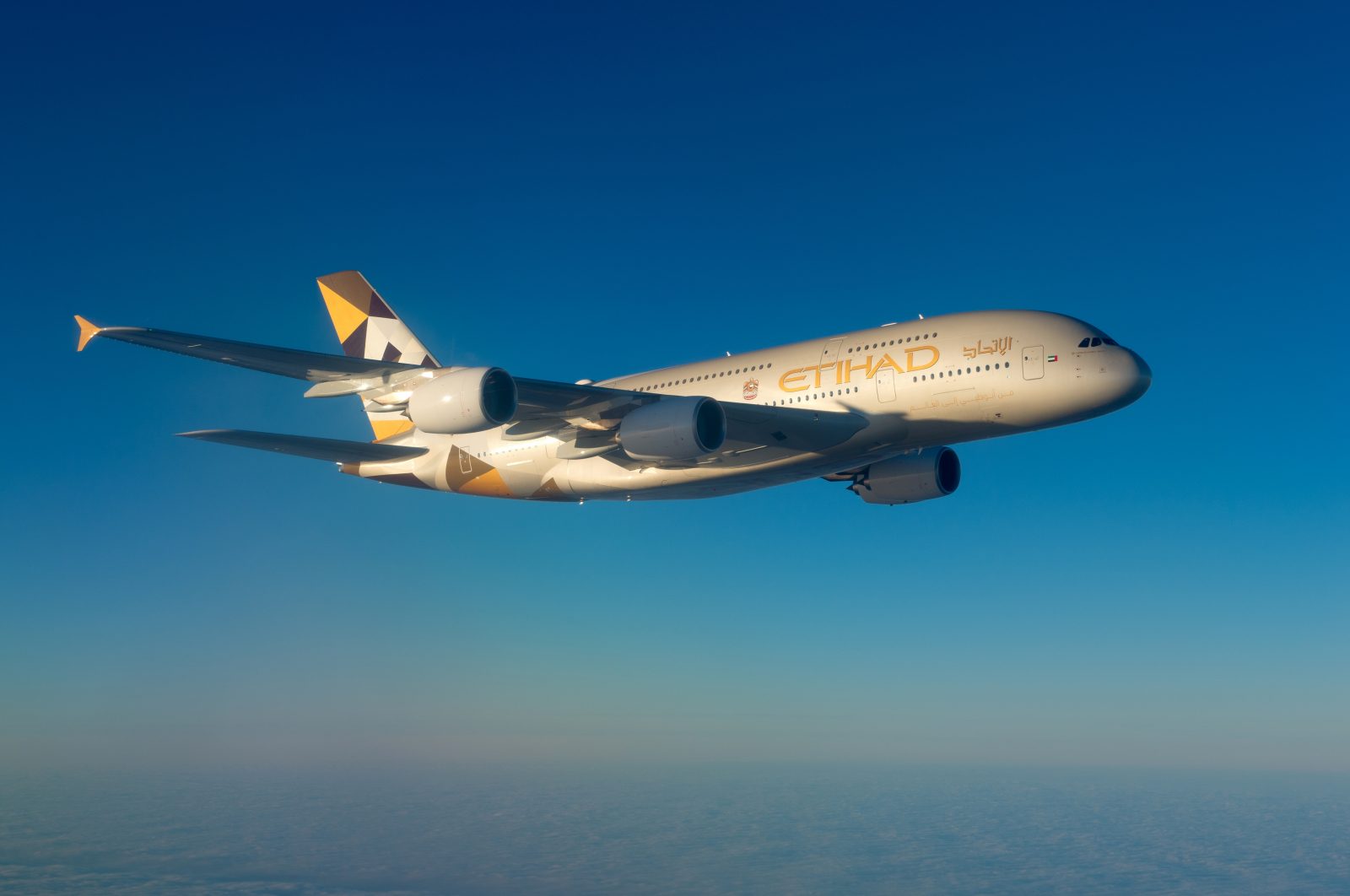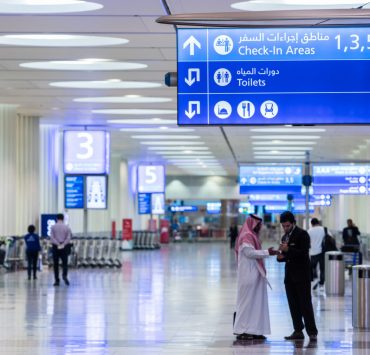
A few decades ago, in what was a highly regulated and protectionist aviation industry, the expansion of the Gulf carriers – Qatar Airways, Emirates and Etihad Airways – collectively known as the ‘Middle East Three’ (or sometimes just the ME3) would have seemed impossible.
There was a time when if you wanted to fly somewhere you had to buy a ticket with whatever airline actually flew there. Governments heavily restricted any kind of foreign competition from muscling in e the market enjoyed by their national carriers.
Passengers paid inflated fees on monopolised routes. You booked and flew with one airline and you were effectively locked in on the route and timings that they offered.
Deregulation and the beginning of Open Skies
But in the 1990’s everything began to slowly change. The Dutch national carrier KLM and the former US airline, Northwest (since absorbed into Delta Air Lines) agreed on a joint venture to operate flights between the Netherlands and the USA. It was a landmark deal that allowed the two airlines to coordinate flight schedules and prices.
For the US Department of Transport (DOT), the creation of the first ‘Open Skies‘ deal was a watershed moment that allowed airlines to devise business deals without fear of an anti-trust lawsuit.
As airlines coordinated their schedules and services more closely a passenger could book a trip with one carrier, but end up flying with a partner airline. It is a system of business that has become known as the ‘codeshare’.
What is a Codeshare Agreement?
Why would an airline agree to a codeshare with a rival carrier? Take the recent codeshare deal that Etihad Airways and Lufthansa have signed. Before the deal, Etihad couldn’t sell you a ticket to fly from Abu Dhabi to Rio de Janerio as they don’t operate any flights there.
But with the deal, you can now fly with Etihad to Frankfurt and connect onto a Lufthansa jet to Rio. Etihad market and sell you one ticket for the whole journey. In return, Lufthansa can sell flights from Frankfurt to Abu Dhabi with an LH flight number. Except, any passengers with a Lufthansa ticket will end up on an Etihad plane.
A progression from the codeshare was the branded airline alliance. Whereas codeshares allowed airlines to market and sell a single ticket, the alliance provided a powerful tool to ‘lock’ passengers into a group of airlines that mutually benefited one another.
The Emergence of Branded Airline Alliances
The biggest three of these alliances are
- Star Alliance, led by Lufthansa of Germany;
- OneWorld which is dominated by British Airways and American Airlines;
- And the smaller Sky Team, headed by Air France/KLM and Delta Air Lines.
Star Alliance, was the first of the global airline alliances when it was created back in 1997. It has grown to become the biggest with 28 member airlines that serve 1,300 airports in 190 countries. Passengers receive a uniform experience and are encouraged to remain loyal through frequent flyer programmes that are coordinated across the member airlines.
What Route Would Etihad Choose?
The ME3 however, were never that keen on airline alliances. OneWorld scored a major coup when Qatar Airways eventually ended years of speculation by joining the alliance in 2013. Ever since observers have speculated as to Qatar’s long-term intentions – Since joining, Qatar has bought stakes in two of OneWorld’s member airlines, IAG who own British Airways and LATAM, the biggest airline in Latin America.
Emirates decided that the burdens of an airline alliance didn’t suit the way it wanted to do business. As Qatar Airways was joining the OneWorld alliance, Emirates was nearly tearing it apart. In 2013 it forged a joint venture with Qantas, a founding airline of OneWorld.
What direction would Etihad Airways choose? Since the airline was established in 2003, Etihad had expanded at a speed that had no precedence. Helped by an initial capital investment of AED500 million from Abu Dhabi, Etihad extended its reach into 116 destinations.
But Etihad was tiny in comparison to its biggest competitor in neighbouring Dubai. If Etihad were ever to stand a chance of competing with Emirates it would need to find more passengers, from more destinations to feed into its existing network.
The ‘Etihad Airways Partners’ Programme
The three traditional alliances, dominated by legacy airlines, were never a natural fit for Etihad. But Etihad had a different plan. In 2014 it formed the ‘Etihad Airways Partners’ programme – its very own airline alliance.
Etihad Airways Partners was a very different beast than the traditional airline alliances that aimed to bring mutual benefits to all the member airlines. Instead, this was designed to primarily benefit the needs of Etihad Airways. It is what’s known as an ‘egocentric alliance’ for obvious reasons.
Etihad went on a spending spree, selecting small airlines in key markets that it envisioned could bring passengers and revenue into its network. These member airlines would not be joining through choice but because Etihad would be owning substantial stakes in them.
It started with Air Berlin in which Etihad bought a 29% stake and soon grew to a partnership of seven carriers under the Etihad Airways Partners brand. They served key markets that included Jet Airways for India, Air Berlin and Alitalia for Europe and Virgin Australia. Some of the purchases were masterful; Virgin Australia has performed strongly, as has Jet Airways.

What Went Wrong at Etihad?
Led by James Hogan, the outspoken CEO of Etihad, the Abu Dhabi-based carrier seemingly couldn’t do anything wrong. But the master plan began to unravel – in a spectacular way.
Etihad had taken stakes in underperforming airlines at rock bottom prices. It had gambled on its ability to turn around these airlines and make them profitable again.
Etihad’s woes have been most keenly felt in Europe. Air Berlin has racked up losses of 1.27 billion Euros over the last three years. Drastic action has been taken to stem the damage in a major restructuring.
In a deal valued at 300 million Euros, Etihad will buy Air Berlin’s stake in Austrian leisure airline Niki, to create a new airline with TUI group. At the same time, 38 of Air Berlin’s aircraft will be sent to Euro Wings on a wet lease deal with arch rival Lufthansa Group.
The difficulties at Alitalia may be even worse than at Air Berlin. Etihad had been hopeful that after decades of losses Alitalia could turn a profit in 2017 but such optimism has long since faded. It is understood that Alitalia is currently losing over half a million Euros a day. In recent weeks the Italian government entered crisis talks with Alitalia and Etihad in a desperate bid to save the carrier.
The dramatic rescue plan will see a potential 1,600 jobs axed, the grounding of 20 jets from the 103 strong fleet and a number of routes cut. Etihad is to pump in an additional $231 million USD in financing on top of the $2.4 billion USD purchase price that it paid for a 49% stake in Alitalia.
Could Etihad Have a New CEO?
The situation is said to be so bad that James Hogan, the man who orchestrated Etihad’s foreign investment strategy might be heading for the exit door. Last year, Hogan stated: “No airline group is doing more to stimulate new competition in the aviation industry.” He spoke of complementing the organic growth of Etihad by expanding its codeshare and equity partnerships.
“No airline group is doing more to stimulate new competition in the aviation industry.” – James Hogan
As Christmas approached a report in the German publication, Handelsblatt, suggested that Abu Dhabi had lost patience and trust in Hogan. Sources told the paper that Hogan’s head was for the chopping board and hinted that he would be removed from office by the end of February.
As for its European investments, a major strategy shift was proposed with the possibility that Etihad could be prepared to sell off its equity stakes at a loss so as to avoid any further damage. Etihad has been quick to dismiss such reports and has even been forced to counter rumours that the airline intended to drop it’s other equity partners including Virgin Australia.
Abu Dhabi may well be wealthy but it does not have a bottomless pit of cash. It is likely that more rumours and possibly even news of a major shake-up at Etihad will emerge in the coming months.
What Does the Future Hold for Etihad?
In a wider context, the death of airline alliances has long been rumoured. When Qantas signed a joint venture with Emirates it decided to pull its Singapore hub and operate instead from Dubai, coordinating its schedule with Emirates rather than its fellow OneWorld airlines.
Meanwhile, Delta Air Lines promptly moved out of its Sky Team home at Heathrow’s Terminal 4 in order to pursue its joint venture with Virgin Atlantic Airways. What, if any, is the point of a global airline alliance if not to make flight connections between member airlines easier and quicker.
By eloping from Terminal 4 to Terminal 3, Delta increased the minimum connection time for passengers to 90 minutes from 60 minutes. Surely a surefire way to dissuade passengers from remaining in an alliance that hardly serves them in the friendly way they had been promised.
The future for Etihad, its partner airlines and other branded alliances could be ripe for change in 2017.
Photo Credit: Etihad Airways
Mateusz Maszczynski honed his skills as an international flight attendant at the most prominent airline in the Middle East and has been flying throughout the COVID-19 pandemic for a well-known European airline. Matt is passionate about the aviation industry and has become an expert in passenger experience and human-centric stories. Always keeping an ear close to the ground, Matt's industry insights, analysis and news coverage is frequently relied upon by some of the biggest names in journalism.









